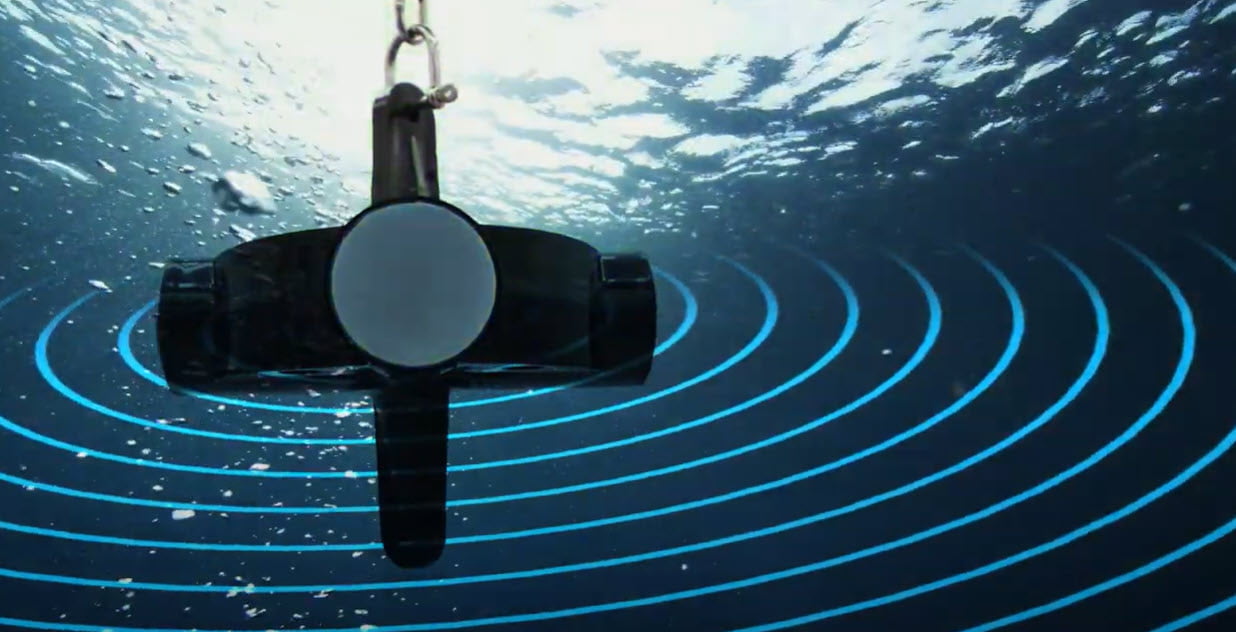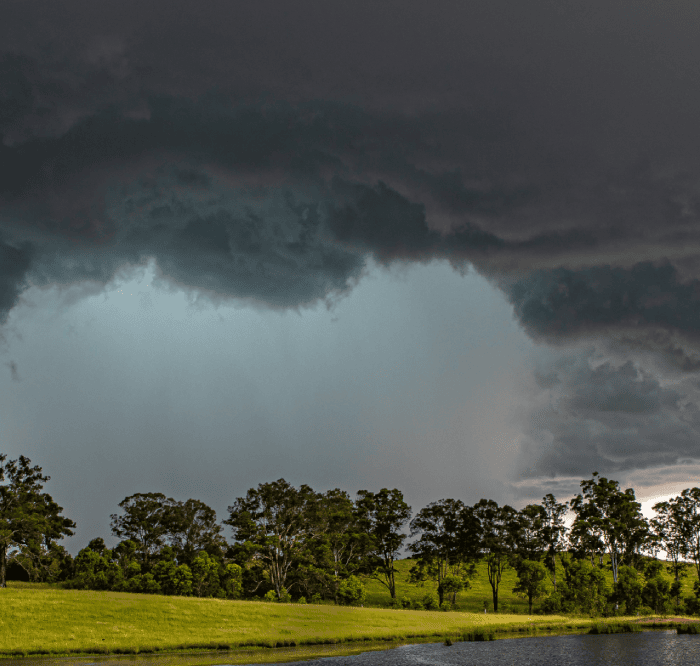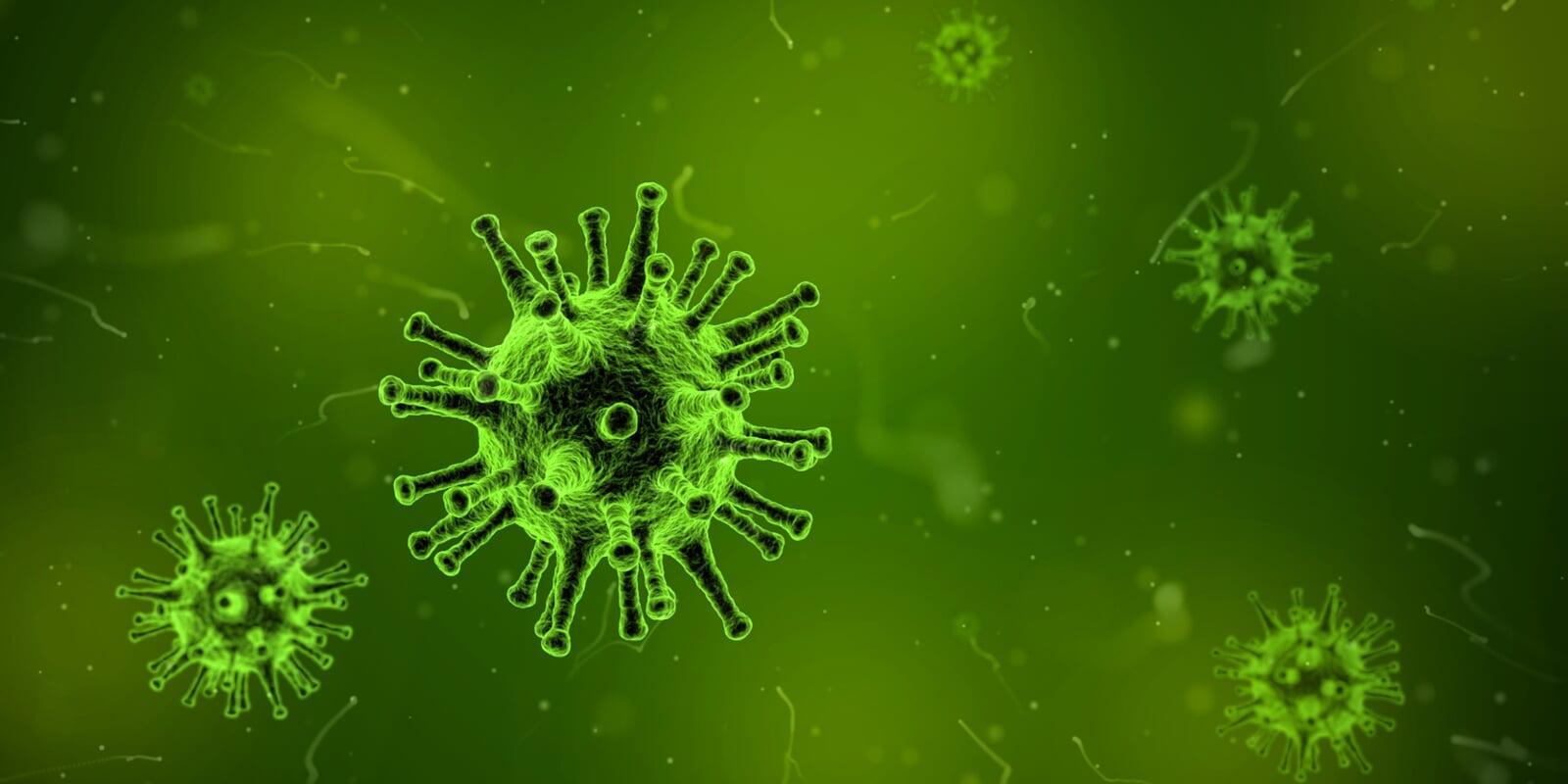
Ultrasound: A Green Chemistry Breakthrough for Bacterial and Algal Control in Drinking Water
In the pursuit of safe, clean drinking water, the water treatment industry is increasingly turning to eco-friendly technologies that reduce reliance on harmful chemicals. One of the most promising innovations is ultrasonic algae control – a chemical-free, energy-efficient method that disrupts harmful bacteria and algae without damaging the broader aquatic ecosystem.
A study published in the Egyptian Journal of Chemistry has shown that ultrasonic technology can not only inactivate bacteria and alter algae morphology but also reduce chemical coagulant use (alum) by up to 20%.
The Challenge: Microbes and Algal Blooms in Drinking Water
Pathogens such as Total Coliform, Faecal Coliform, and Faecal Streptococcus can cause widespread disease outbreaks, while cyanobacteria (blue-green algae) and green algae can release toxins, cause taste and odour problems, and increase chemical treatment demand.
These bacteria are commonly found in polluted water and are associated with gastronitestinal illnesses and waterborne outbreaks. Using ultrasonnic frequencies of 20, 40, and 60 KHz for durations ranging from 15 to 60 minutes, the study demonstrated bacterial reduction of 5% to 46% - with the highest inactivation achieved at 60 KHz to 60 minutes.
Algae Control pulsar technology covers all 3 frequencies displayed in this test plus many more!
The graphs displayed from an original study showing reduction rates of toal coliform, faecal coliform, and faecal streptococcus.
"There was a clear positive correlation between ultrasonic intensity, sonication time and bacterial removal" - Eygtian Journal of chemisty.
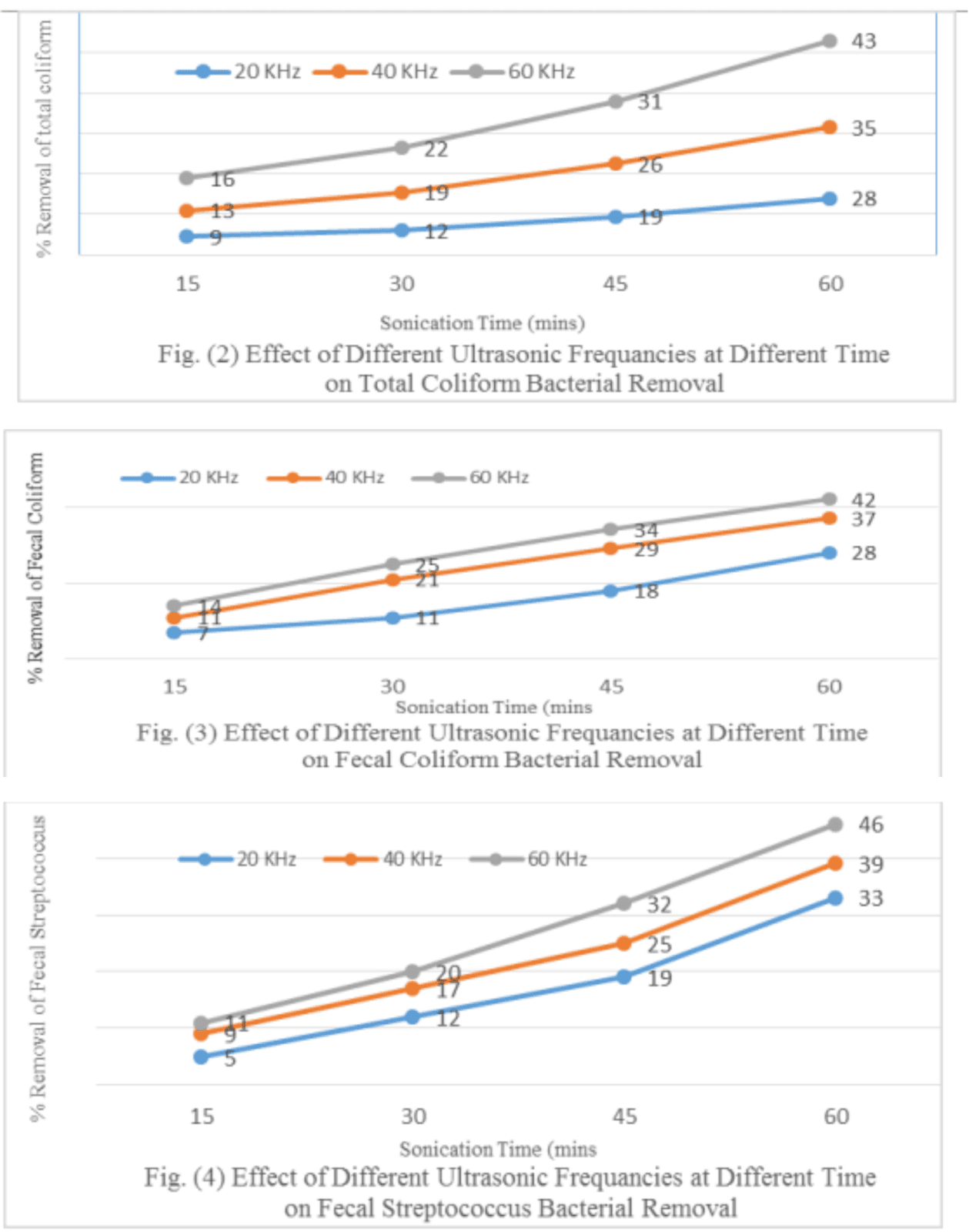
Ultrasound as Green Chemistry
Unlike chlorine and other chemical oxidants, ultrasound offers a non-chemical algae control method that uses sound waves to oxidise and disrupt microorganisms.
When applied at specific frequencies, ultrasound causes microscopic pressure changes (cavitation), which:
Damage bacterial cell walls, reducing numbers by up to 46% depending on exposure time and frequency.
Alter algae structure, especially green algae, making them more susceptible to removal during treatment.
Avoid harmful disinfection by-products (DBPs) often associated with chlorine.
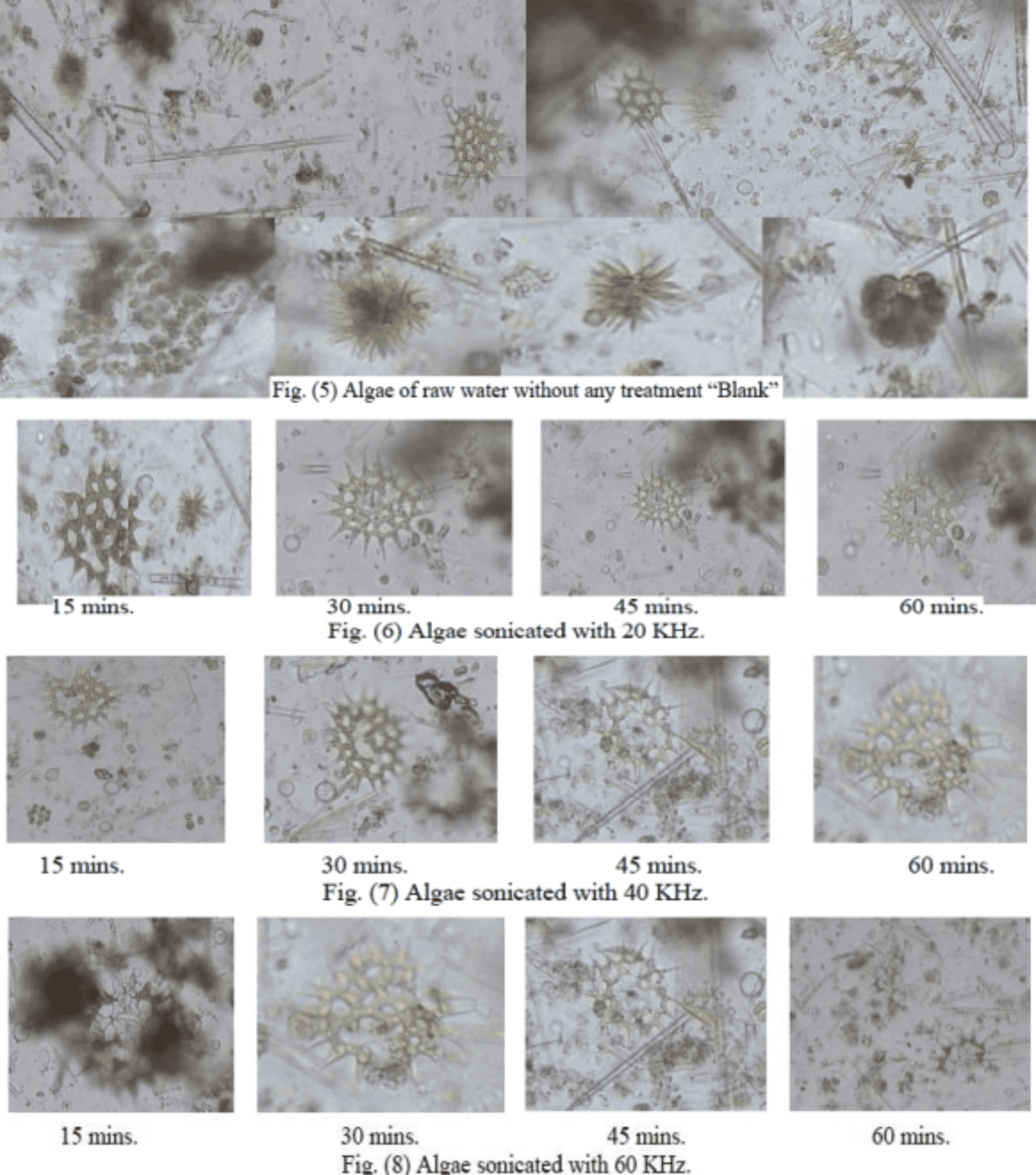
Why This Matters for Australia
For Australian councils, utilities, and private operators, ultrasound offers:
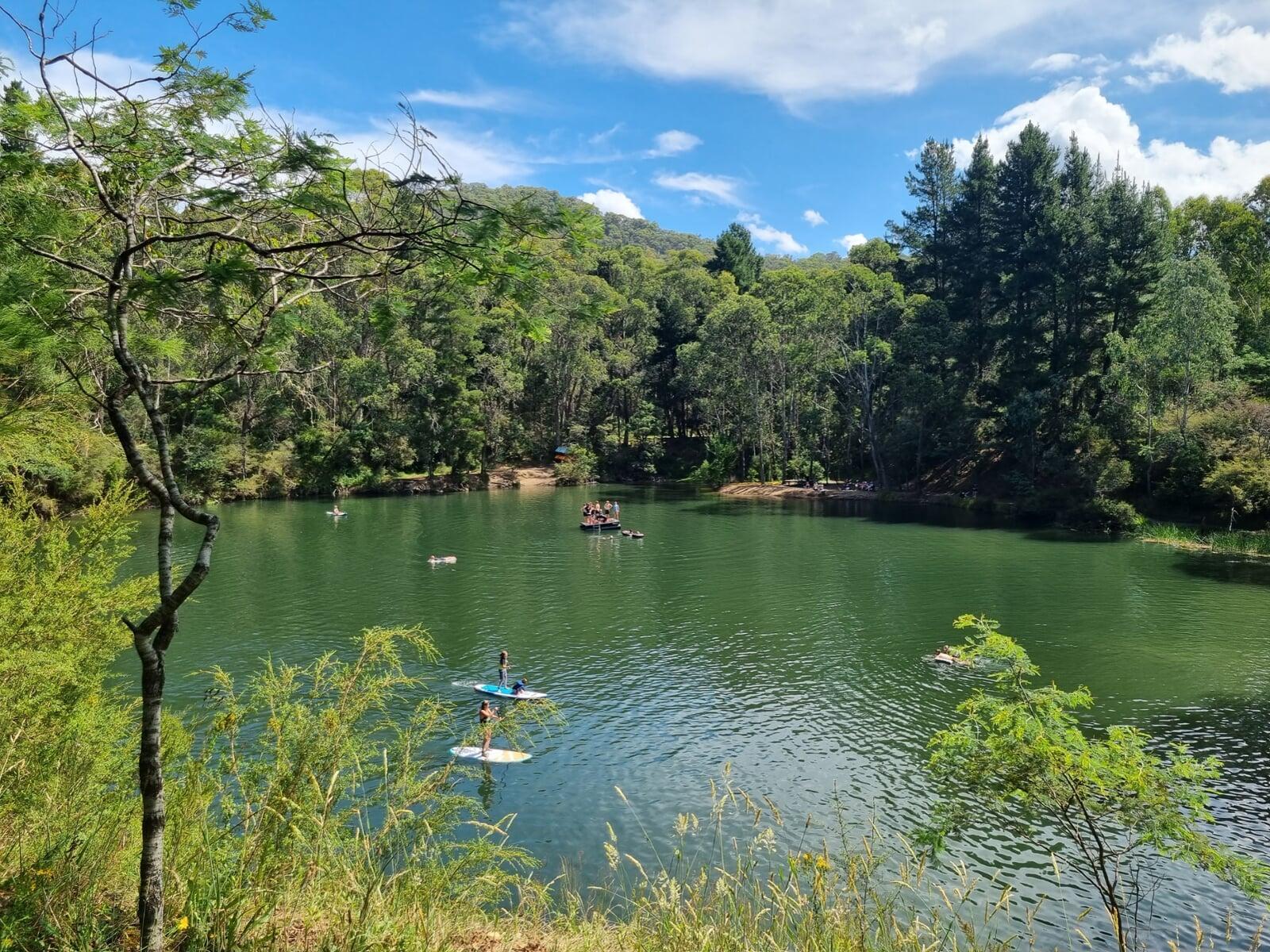
Integrating Ultrasound into Water Treatment
Ultrasound can be installed in raw water intakes, sedimentation basins, or storage reservoirs. It works alongside existing treatment processes – enhancing, not replacing them.
The study found ultrasound improved coagulation efficiency, reduced turbidity, and increased algae removal – without affecting pH or electrical conductivity.
Towards a Sustainable Water Future
This research confirms that ultrasonic technology is a practical, scalable, and eco-friendly solution for managing bacteria and algae in water systems.
By integrating ultrasound into Australian water treatment strategies, we can protect public health, reduce chemical use, and create cleaner, healthier water bodies.
Want to see how ultrasonic water treatment could work for your system?
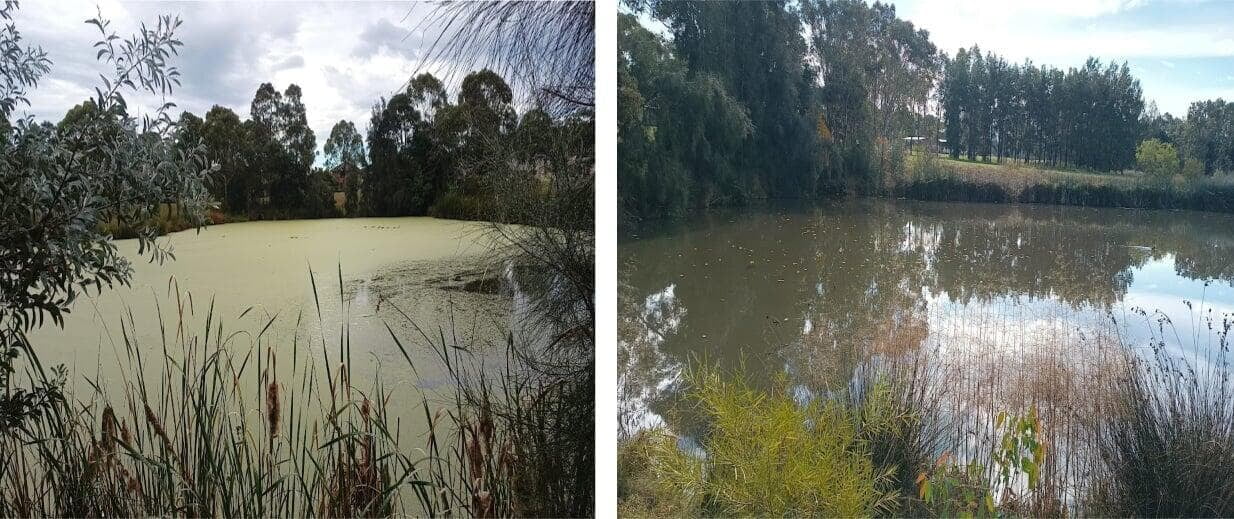
Read More Articles
Find out more information on algae control


